Elevate your pancake game by grabbing a skillet and making a gourmet deep dish German Pancake for your next breakfast or brunch!
Making pancakes for a weekend breakfast is a treat for the entire family, who doesn’t love the smell of pancakes and maple syrup and buttery goodness after sleeping in? But sometimes I like to make an extra special treat for the grown-ups.
Our kids still aren’t sold on the dutch baby pancake (crazies) so I make them regular homemade pancakes instead. I love to use lemon and sometimes even fresh berries on my german pancakes. Then I’ll slice up some extra fruit in case the boys want to dress up their pancakes too.
The richer taste of a german pancake goes great with a chilled sparkling mimosa or a glass of freshly squeezed orange juice. I like to get my drink ready while the pancake bakes in the oven.
You didn’t hear wrong. You make this german pancake (also called a dutch baby or oven pancake) in a skillet in the oven. No babysitting and flipping required!
Why We Love German Pancakes
If you’ve never tried this deliciousness before, have I got a treat for you, my friends! German oven pancakes are one of my all-time favorite breakfasts, hands down. There’s a local restaurant that serves them and it’s my happy place.
This is a giant pancake you can share with the family or hoard all to yourself. Top with sugar, lemon, fruit, syrup, or whatever you prefer. There’s no wrong answer!
What is a German Pancake?
German pancakes are a breakfast recipe in which you pour batter into a hot skillet with melted butter and then bake until puffy. The hot butter and pan-fries the batter as it bakes… leaving tall crispy edges and a flat spongey bottom to swoon for.
Butter – for the bottom of the pan. Butter helps the pancake not stick and also to crisp up the edges and add flavor.
Milk – You can use any kind you like, but I use whole milk for richness.
Flour – All-purpose flour is what the recipe calls for. I have not tried this recipe with whole wheat or gluten-free flour.
Sugar – Just a little bit for a touch of sweetness. We’re going to sprinkle the top with powdered sugar anyway.
Variations
You have some options for topping your pancake. I like powdered sugar and lemon – the classic Garmen pancake topping. You squeeze the lemon wedges all over the top and mix them in with sugar. YUM!
My husband likes butter and syrup. Our youngest likes butter, confectioner’s sugar, whipped cream, and strawberries. Use whatever your family prefers.
I’ve even seen someone make a savory version with an over-easy egg, prosciutto, and arugula before.
How to Make German Pancakes
PREP Heat your oven to 400 degrees F and melt some butter in a big cast-iron skillet in the oven. A cast-iron skillet is how you’re going to get those crispy bits on the outside. Plus it holds the heat really well and you really want to have a nice hot skillet for this german pancakes recipe.
MIX While all that’s going on, make the pancake batter. You’re going to add the eggs, milk, sugar, vanilla extract, and salt to a mixing bowl and whisk to blend until smooth. The batter is going to be really thin, but that’s what you want.
POUR Once the oven is heated, butter is melted, and the skillet is hot – pull the skillet out of the oven (on the rack is fine). Then pour your batter into the skillet.
BAKE Put the skillet back into your oven and bake for 20 minutes and up to 25 minutes. You’ll know the pancake is done when the sides are tall and golden brown (way above the skillet edge) and the center is golden and puffy. Let it sit for a couple of minutes while everything settles. The sides will stay up, but the center will become flat.
SERVE When everything is ready, cut the pancake into 8 slices and serve warm with optional toppings.
Tips & Tricks
- The eggs are a big part of what helps this recipe do its thing, along with gluten from the flour. Egg substitutes or egg whites alone will not do the job. Whole eggs are necessary to make the perfect german pancake recipe.
- Use room temperature ingredients. The batter won’t have to work as hard to start baking if your ingredients aren’t cold.
- Make sure your skillet is hot! If you pour melted butter into the skillet, then the batter, and then put it in the oven your pancake will not come out correctly. A hot pan with hot melted butter matters!
- You can double this recipe and make it in a 9-inch x 13-inch baking dish if you’re serving a larger group.
What’s the difference between regular pancakes and German Pancakes?
The biggest difference is the cooking method. Regular pancakes are made in a skillet on the stovetop and are flipped while cooking. German pancakes are baked in a hot skillet with melted butter.
The hot melted butter fries the batter as it bakes and makes the pancake puff up – think Yorkshire pudding. Once it’s out of the oven, the center of your puff pancake falls and the sides stay tall.
German pancakes also use a lot more eggs and do not use any kind of leavening agent, like baking powder or baking soda. Regular pancakes have a thick batter that’s fluffy when cooking if done. German pancakes are denser in the shallow center and like a popover or on the edges.
What is the difference between a Dutch Baby and a German Pancake?
They are basically the same thing. So why do they call it a Dutch Baby?
There was an American restaurant owner who had a daughter with a very rough understanding of the German language and thought “Deutsch” was the same as “Dutch” and they were referring to a German pancake by the name dutch.
That is really the only difference, although there is another theory that the name comes from the “Pennsylvania Dutch” which started as German immigrants to America and this is how the German pancake got its name.
More delicious breakfast recipes
- Sausage Gravy and Biscuits
- Cheesy Sausage Crescent Roll Breakfast Casserole
- Orange Ricotta Dutch Baby
- Spinach and Bacon Quiche with Sweet Potato Crust
- Pineapple Mint Prosecco Punch
Mix up a batch of your favorite brunch cocktail, get your German Pancake in the oven, and while you wait for it, squeeze some fresh orange juice for the kids. Come back and leave me some details about what you put on your dutch baby recipe to make it even greater! I want to hear all about your most epic brunch ever!
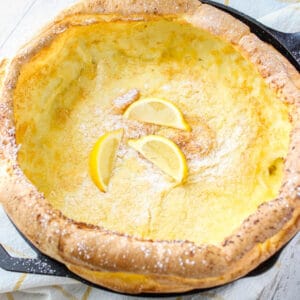
German Pancakes
Equipment
Ingredients
- ¼ cup unsalted butter
- 6 eggs
- 1 cup milk
- 1 cup all-purpose flour
- 1 tablespoon granulated sugar
- 1 teaspoon vanilla extract
- ¼ teaspoon salt
- Powdered sugar for garnish
- Lemon wedges for garnish
Instructions
- Preheat your oven to 400 degrees F.
- Place butter into a 12-inch cast-iron skillet. Put the skillet in your oven while it's preheating. The butter will melt and the skillet will get hot.
- In a medium mixing bowl, whisk together the eggs, milk, flour, sugar, vanilla, and salt until smooth. The batter will be very thin and runny.
- Once the oven is preheated, carefully pull out the oven rack your skillet is on. Pour the batter into the hot skillet.
- Push the rack back in, close the oven, and bake for 20 to 25 minutes. The edges will puff up above the skillet and the center will be puffed and golden.
- Remove from the oven and let your pancake sit for 2-3 minutes so the pancake can settle.
- Cut the pancake into slices. Sprinkle generously with powdered sugar and serve with lemon wedges for squeezing, or top with butter and syrup. Cut the pancake into quarters or hoard the whole thing for yourself.
Notes
Nutrition
All nutritional information is based on third party calculations and is only an estimate. Each recipe and nutritional value will vary depending on the brands you use, measuring methods and portion sizes per household.
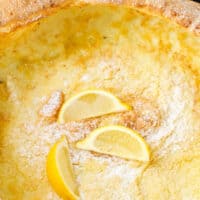
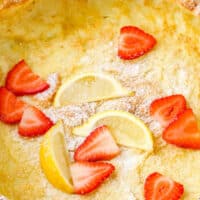
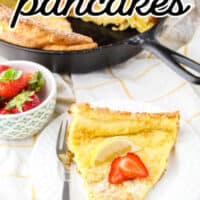
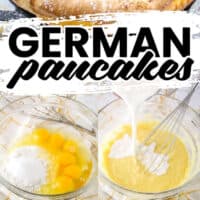
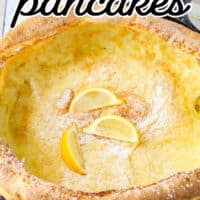
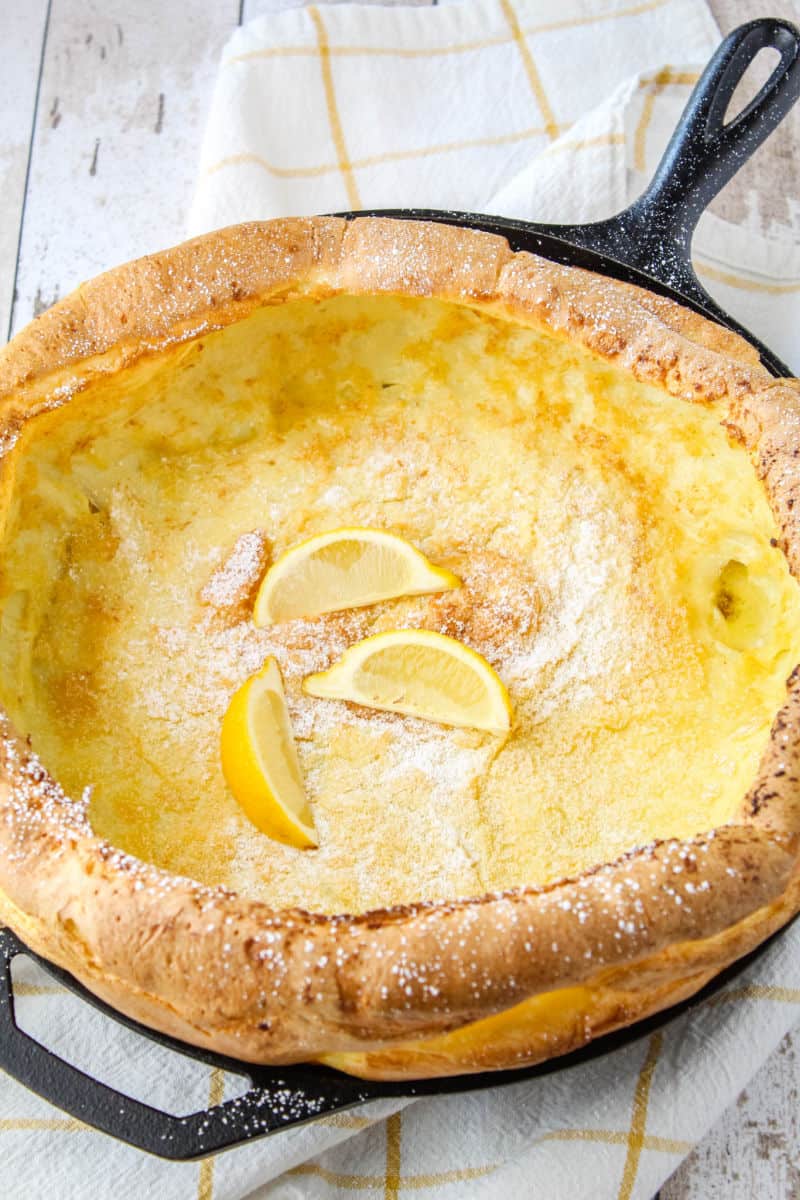
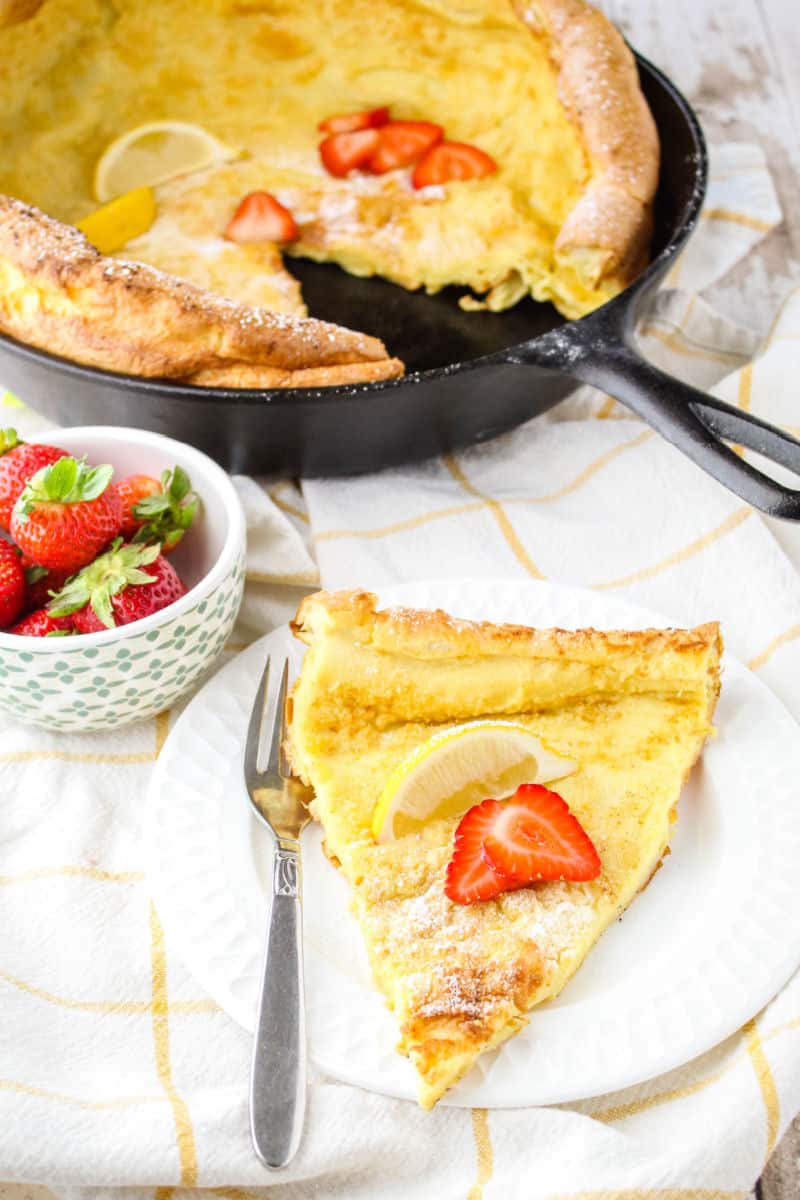
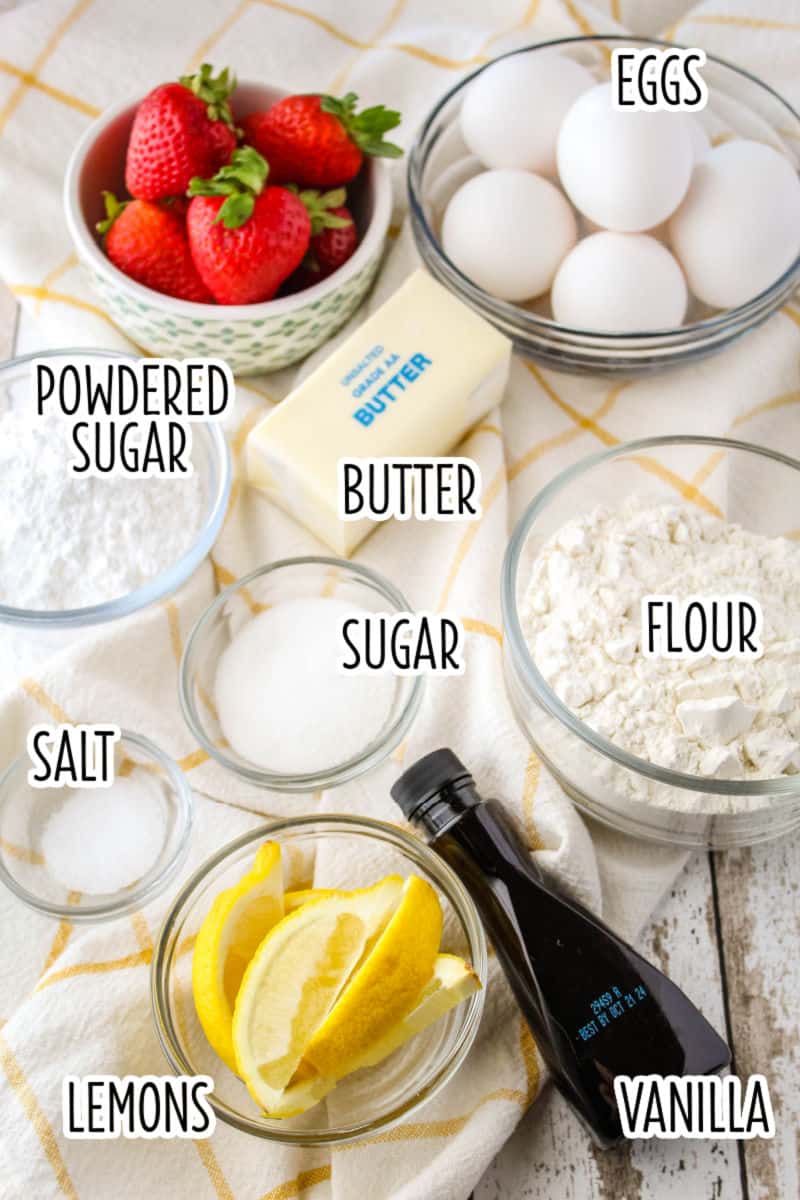
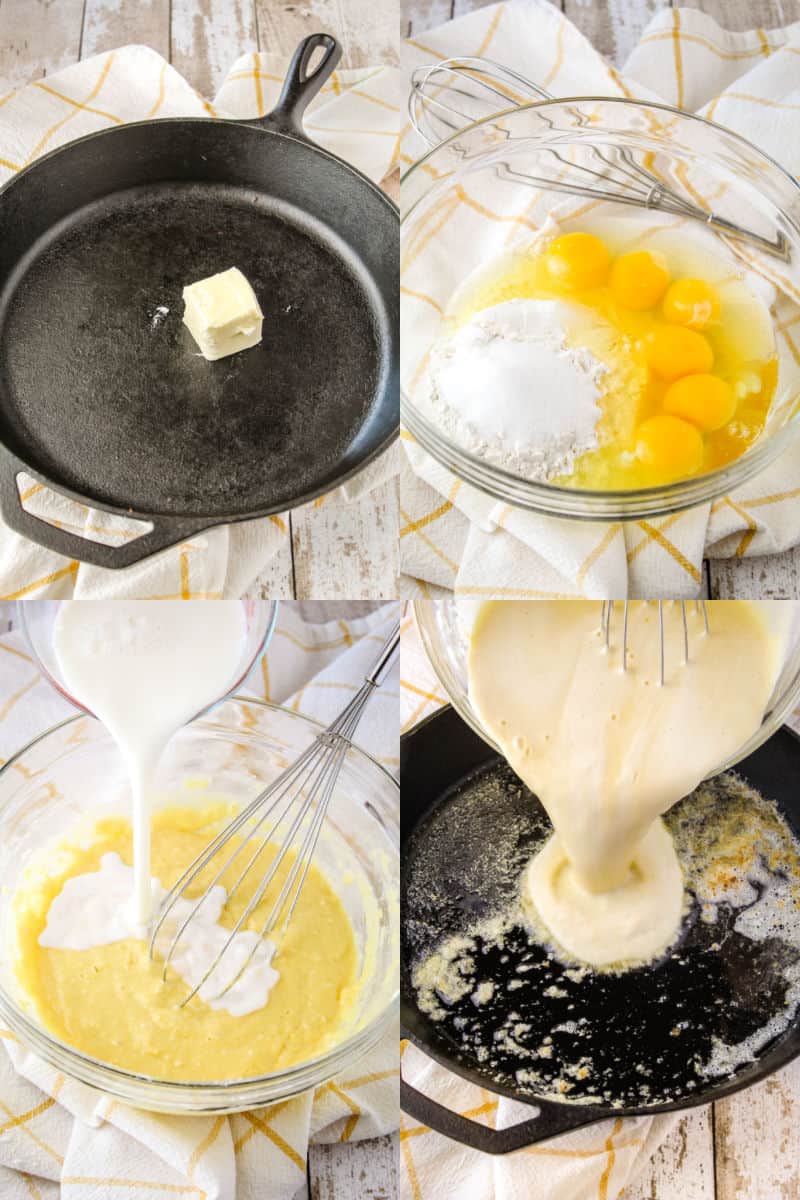
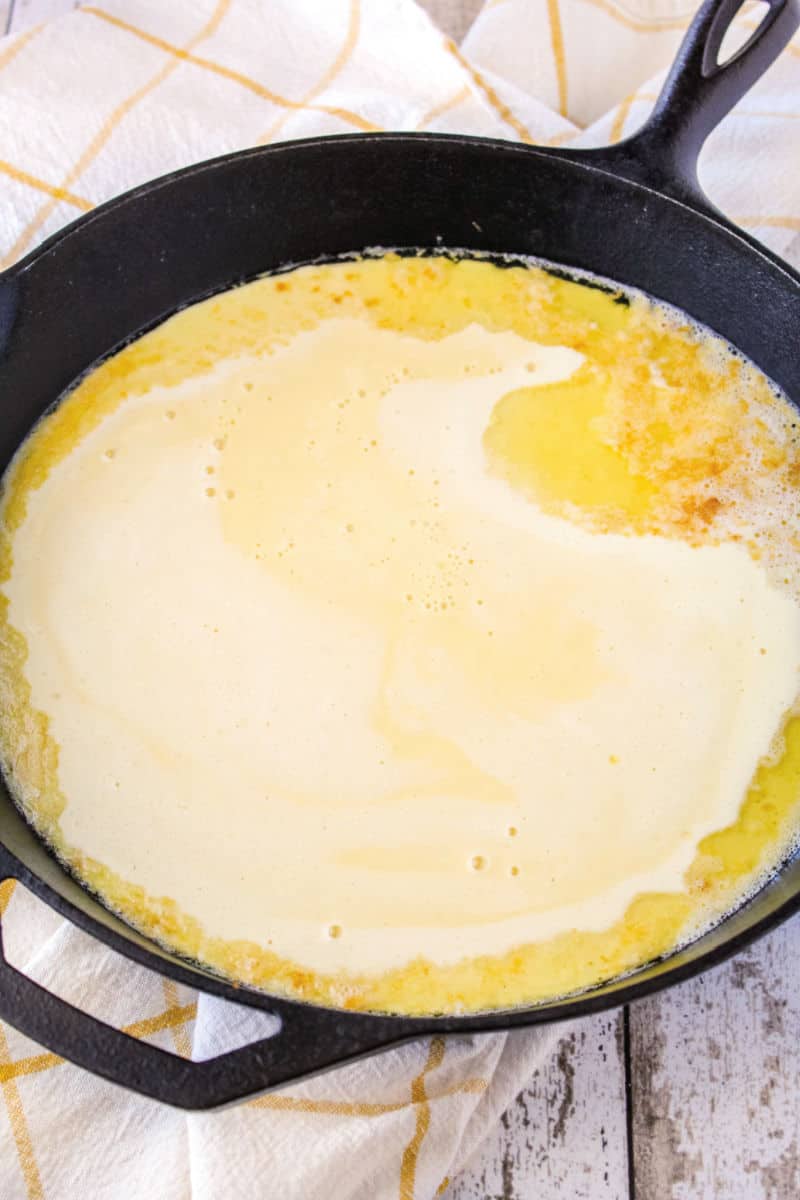
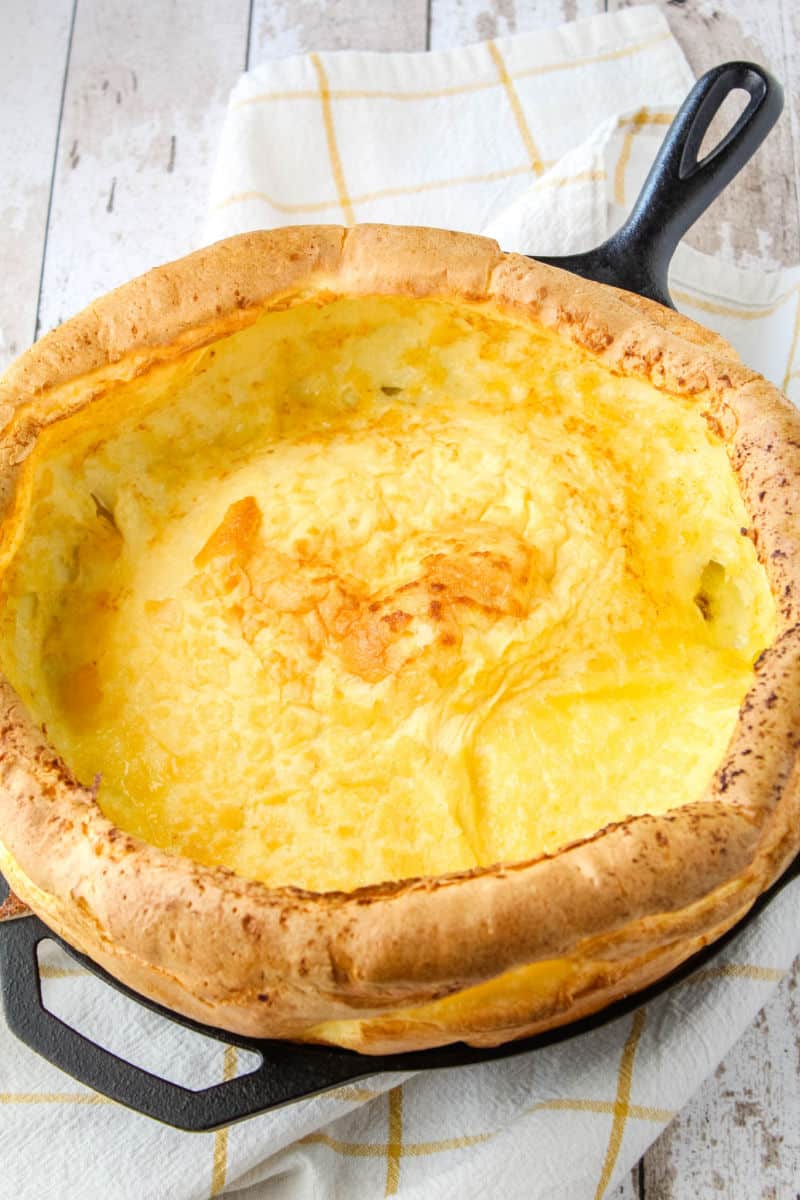
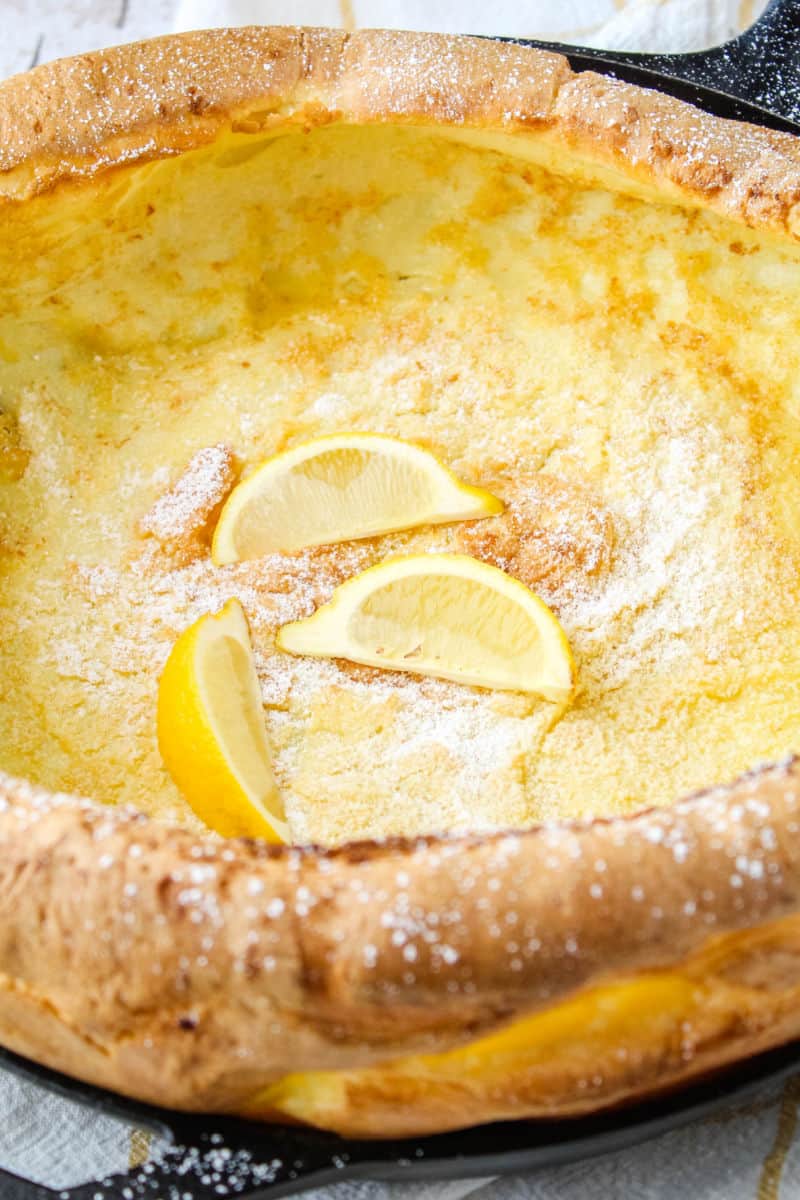
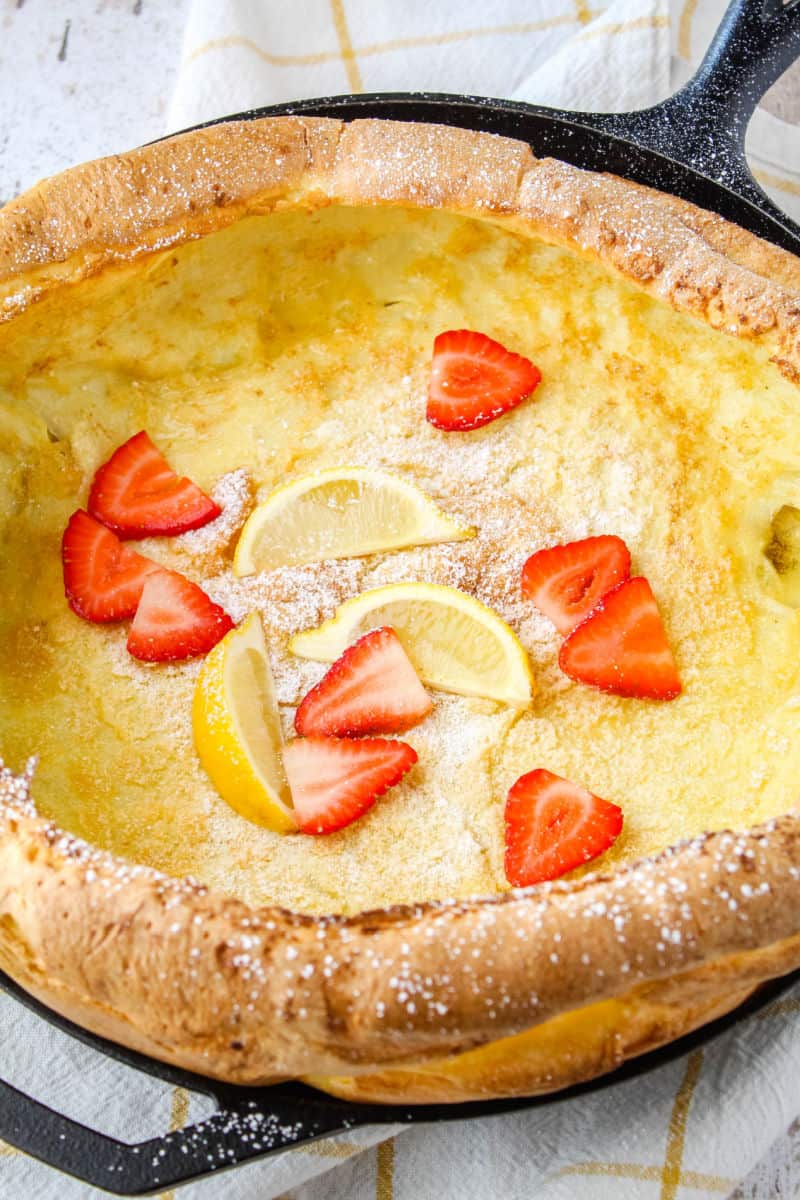
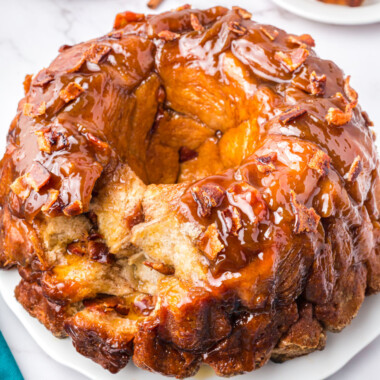
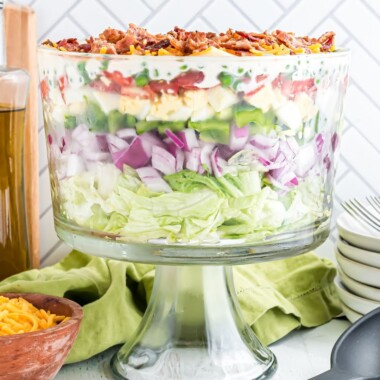
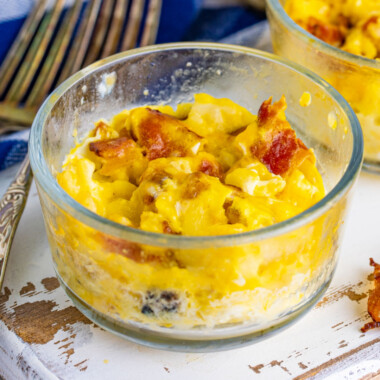
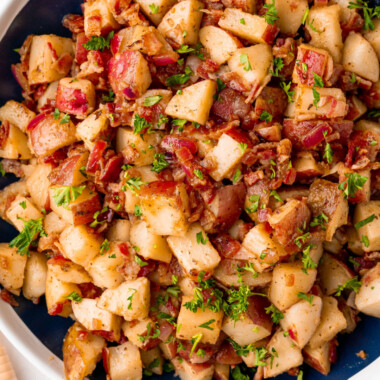
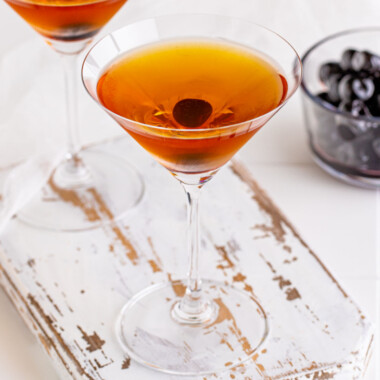
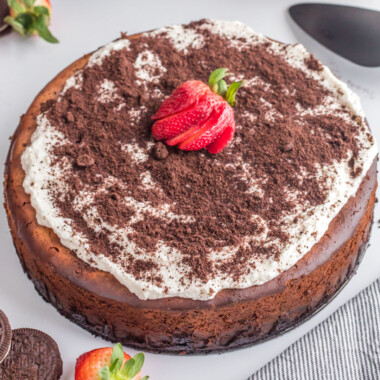
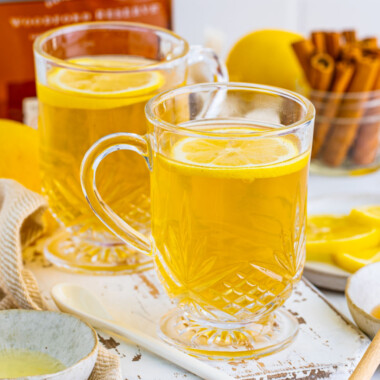

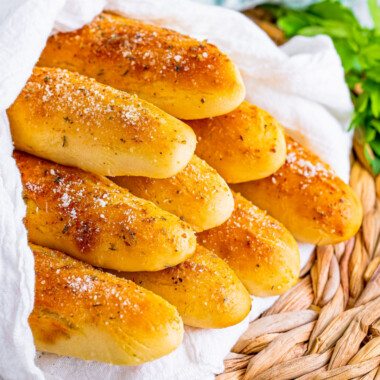
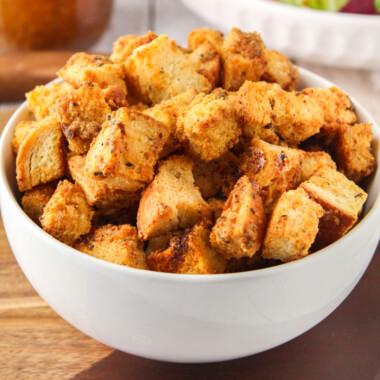
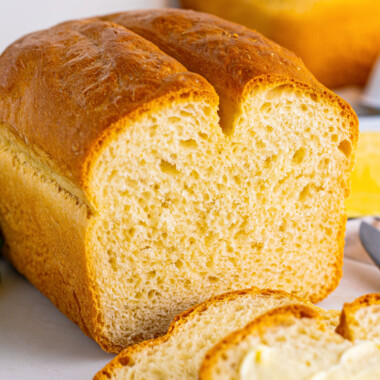

Kathleen Allen says
Love this recipe, came out perfect I added lemon zest. Now if I want to make 3 10 inch would I triple this recipe or double?
Katie Schultz says
I made this for breakfast this morning. First time ever making a German pancake. It was FANTASTIC! Definitely putting this in our Sunday morning breakfast rotation!